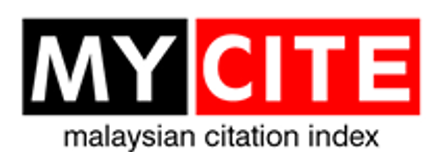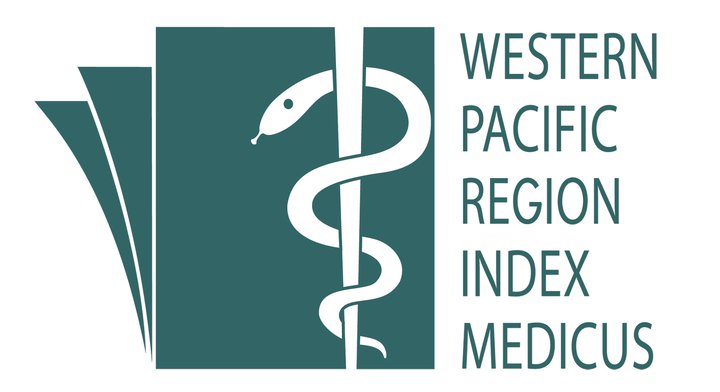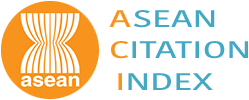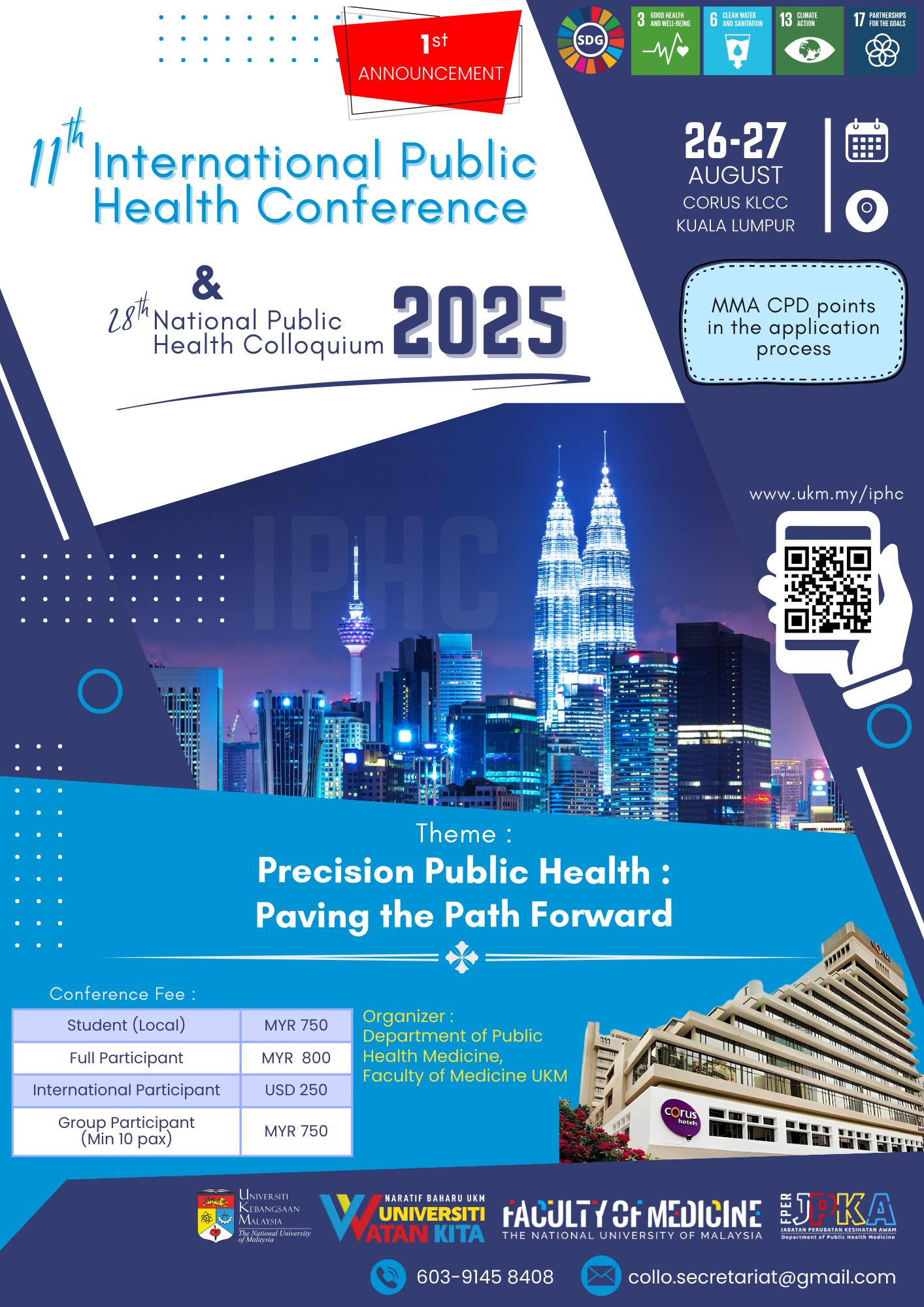Identifying and Ranking Factors Influencing Job Stress among HSE Employees in phase 14 of south Pars: a cross sectional study in south of Iran
Keywords:
Stress, job stress, environmental factors, managerial factorsAbstract
The present paper aims at identifying and ranking the factors affecting job stress of HSE employees in the phase 14 of the South Pars. The research method was descriptive survey and the main data collection instrument was questionnaire and measuring sound and chemical pollution. The statistical population include Health and Safety Education (HSE) employees of the phase 14 (150) and to determine the size of sample, census method applied. The validity of the scales approved by the experts and professors and the reliability of the scales through Cronbach Alpha showed the value greater than 0.70 meaning good reliability. The results of the one sample T test indicated that the environmental and managerial factors affect job stress of the HSE employees. Among the environmental factors, long working hours, poisonous materials risks, air pollution, heat and moisture and air pollution affect job stress the most, respectively. Among the managerial factors, job security, lack of meritocracy, not in time payment and prejudice in salary affect job stress the most, respectively.
References
Greenberg, Jerad and Robert A. (1996). Baron, Behavior in Organizations, 6th edition, New Jersey: Prentice Hall.
Parkes, K. R. & Swash, S. (1996). Off-shore sick body consultation in relation to age, Job factors and self reported health department of experimental psychology. University of Oxford.
Mohammad Fam, I., Bahrami, A., Fatemi, F., Golmohammadi, R (1387). The evaluation of the relationship of job stress and unsecure works with job incidents in an auto making industry, Scientific Journal of Hamadan University of Medical Sciences. 15 (3).
Torshizi, M., Sadatjo, S. A (1390). Job stress among the employees of tire making factory. 19 (2).
Karimi L., Leggat S.G., and Donohue L., Farrell G. &Couper G.E. (2013) Emotional rescue: the role of emotional intelligence and emotional labour on well-being and job-stress among community nurses. Journal of Advanced Nursing70 (1), 176–186. doi: 10.1111/jan.12185.
Pocnet, C., Antonietti, J. P., Massoudi, K., Györkös, C., Becker, J., de Bruin, G. P., &Rossier, J. (2015). Influence of individual characteristics on work engagement and job stress in a sample of national and foreign workers in Switzerland. Swiss Journal of Psychology, 74(1), 17.
Shin, J. C., & Jung, J. (2014). Academics job satisfaction and job stress across countries in the changing academic environments. Higher Education, 67(5), 603-620.
FirozAbadi, A., Haidari, A. (1390).identification and ranking the organizational stressors in the industrial environments with Fuzzy AHP (case of south Pars complex). 9 (1).
Soori, H., Rahimi, M., Mohseni, H (1384). Examining the relationship between job stresses of work related incidents. Epidemiology, 1 (2).
HSU, H.C., Kung, Y.W., Hang, H.C., HO, P.Y., Lin, Y.Y. & Chen, W. S. (2007). Work stress among nursing home care attendants in Taiwan: A questionnaire survey. Journal of advanced nursing Intern, 44, 736-746.
Downloads
Additional Files
Published
How to Cite
Issue
Section
License
IJPHR applies the Creative Commons Attribution (CC BY) license to articles and other works we publish. If you submit your paper for publication by IJPHR, you agree to have the CC BY license applied to your work. Under this Open Access license, you as the author agree that anyone can reuse your article in whole or part for any purpose, for free, even for commercial purposes. Anyone may copy, distribute, or reuse the content as long as the author and original source are properly cited. This facilitates freedom in re-use and also ensures that IJPHR content can be mined without barriers for the needs of research.






